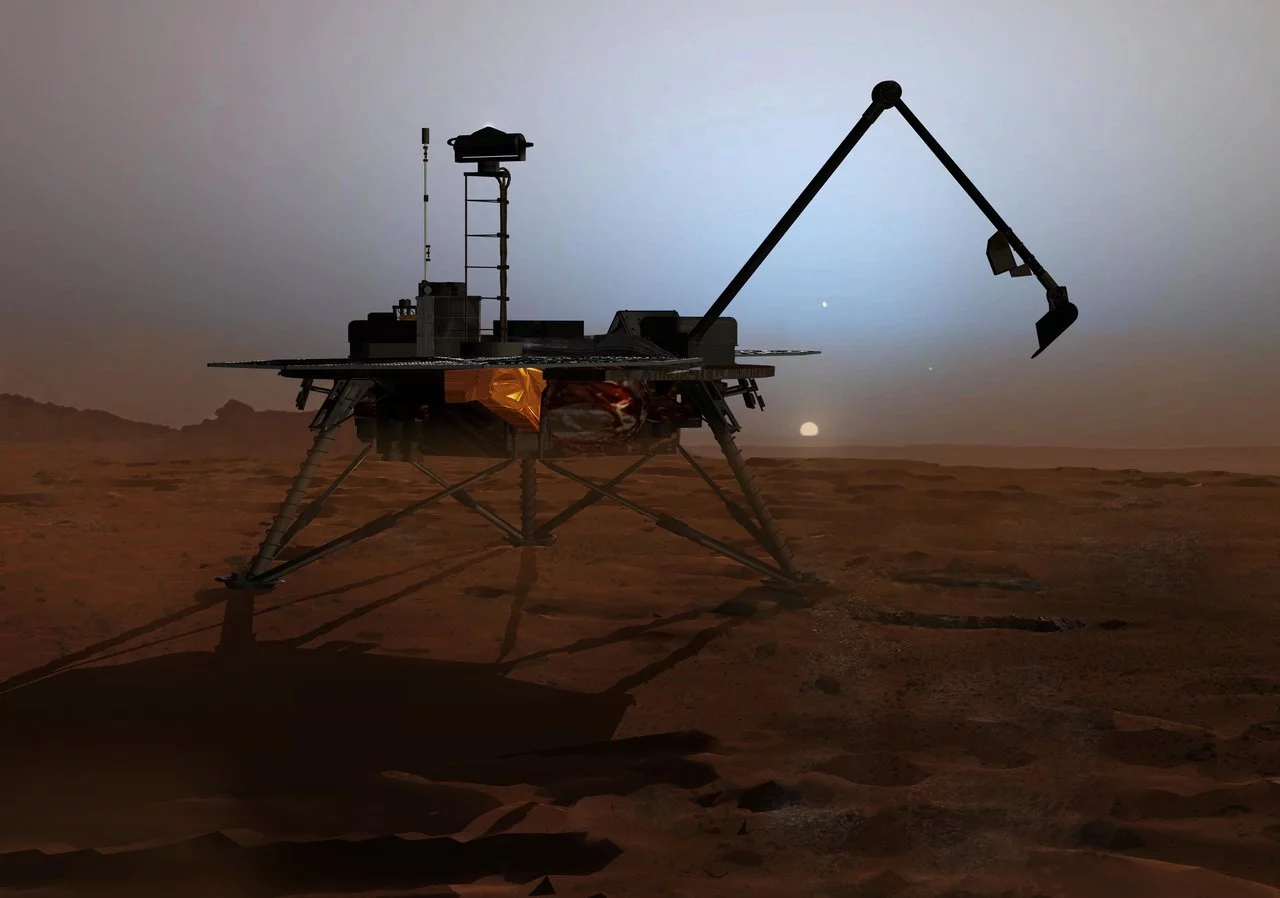Research sponsored by ESA aims to develop a method to not only detect dangerous superoxide soils on the Moon and Mars that could imperil astronauts, but also a way to turn these hazards into oxygen farms for future missions.
One of the things that we tend to take for granted is how odd our environment on Earth is. Our planet is completely dominated by water to the point where we regard its presence as not only normal, and view it as a relatively benign liquid that is about as safe from a chemical point of view as possible.
In fact, water is one of the most reactive compounds in the universe and about as close to a universal solvent as you can get. The only reason that it seems so harmless to us is that over the past five billion years it's managed to interact with and dissolve or neutralize just about everything on Earth that it can. As a result, scientists are still learning a great deal about what a waterless environment is really like and what sort of exotic (to us) substances can exist in it.
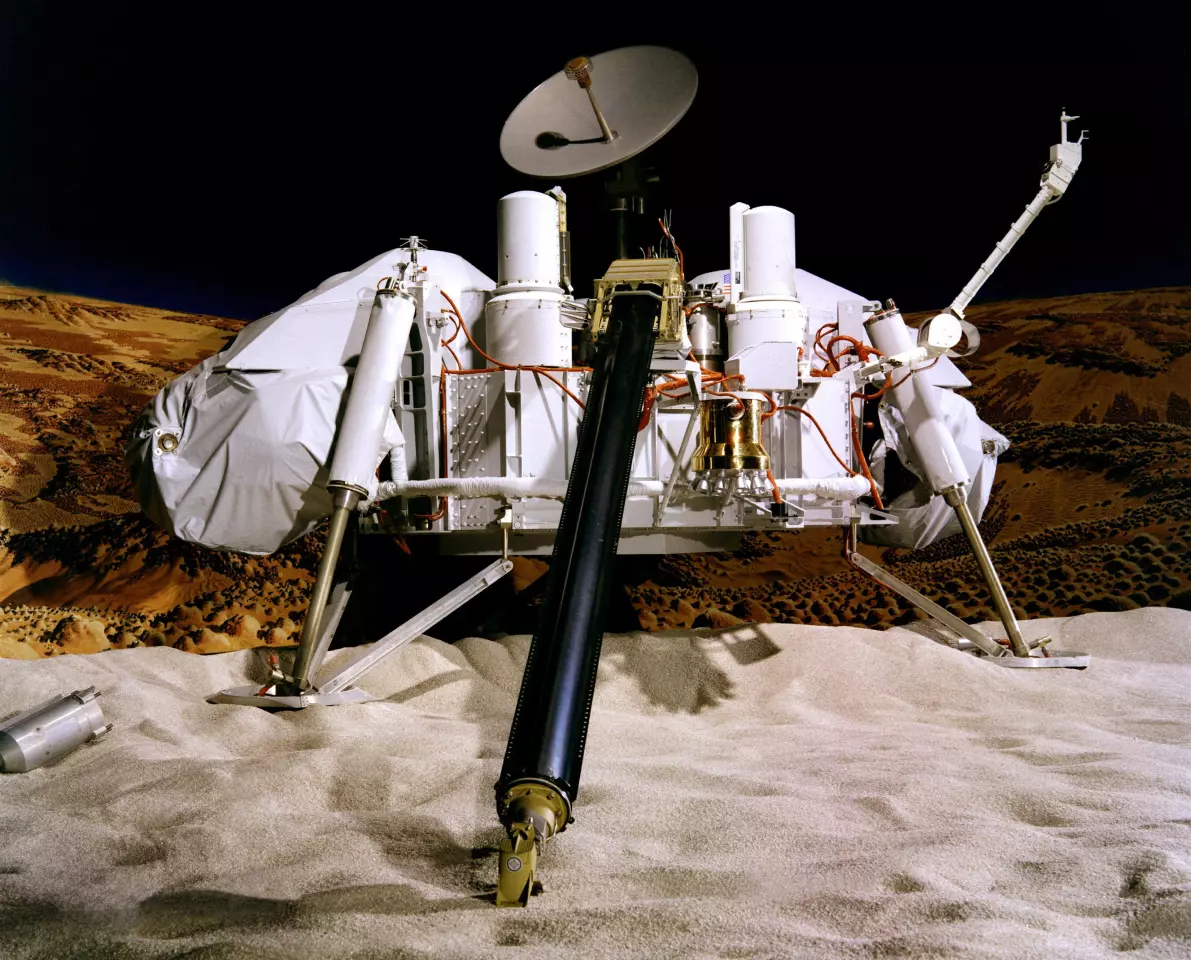
A dramatic example was presented by NASA's Viking 1 and 2 lander missions, which touched down on Mars in 1976. These were not only the first successful Mars landings, they were also the only attempts, to date, to look for direct signs of life on the Red Planet.
Key to this was the Labeled Release experiment. In this, the lander's robotic arm scooped up a sample of Martian soil and fed it into the onboard laboratory. This soil was then moistened with a few drops of a nutrient solution that consisted of water in which seven simple organic molecules laced with the radioactive carbon isotope ¹⁴C were dissolved.
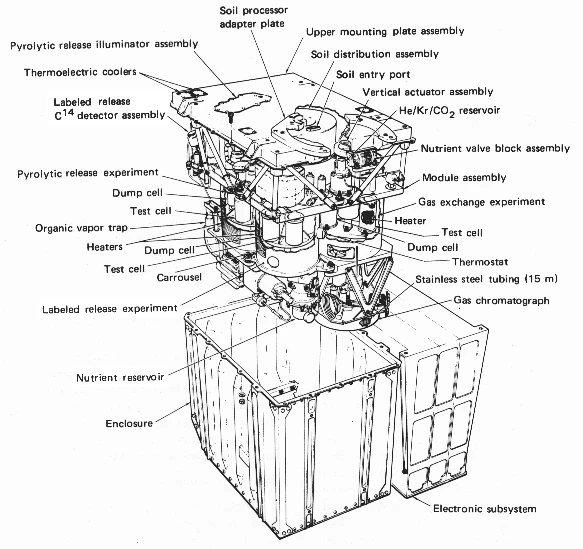
The idea was that if there was anything like bacteria in the soil, it would gobble up the nutrients and give off radioactive carbon dioxide, which the instruments would detect and measure. Sure enough, when the broth was added, out came the ¹⁴CO₂.
At first, the scientists back on Earth were delighted, but then questions started to emerge. The soil samples gave off carbon dioxide alright, but they also gave it off after they'd been sterilized at a temperature of 160 °C (320 °F) for three hours. Worse, when the samples were analyzed, they didn't show any traces of organic molecules.
Though the reasons for this have been hotly debated for almost half a century, the most widely accepted theory is that the activity seen wasn't due to life, but because the Martian soil contained highly reactive, oxygen-bearing abiotic chemicals called superoxides, peroxides, or perchlorates.
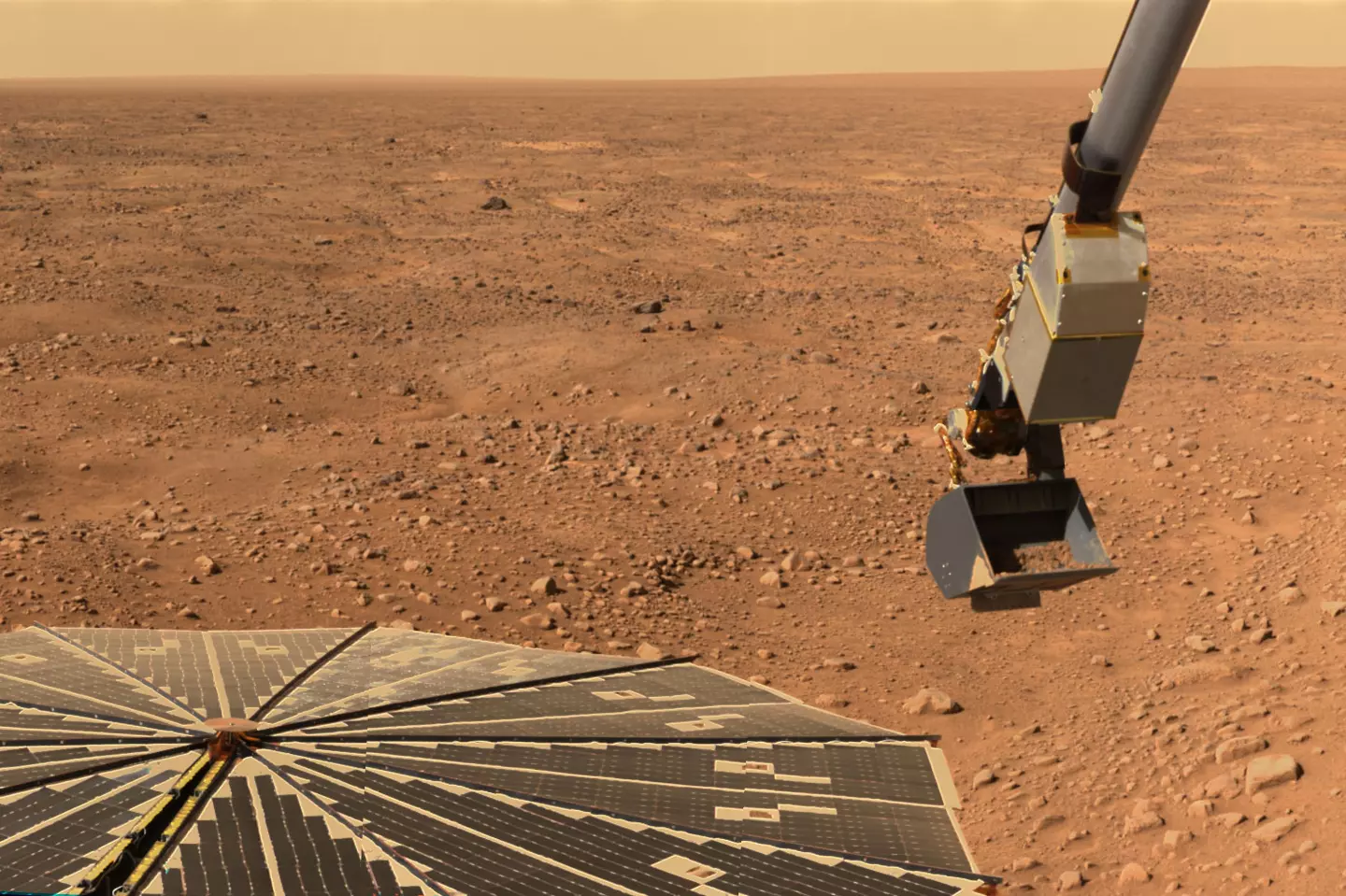
Created when hard ultraviolet radiation strikes especially rough soil particles, these compounds, with many free chemical bonds, are very rare on Earth because the presence of water destroys them and erodes the rough surfaces of the soil particles that can produce them. But on the Moon and Mars, where the soil is jagged and UV radiation blasts them every day, these superoxides are quite common. NASA's Phoenix lander detected the presence of perchlorates in the Martian soil in 2008.
These reactive compounds are concerning to space scientists and engineers for many reasons. Not only can they destroy all traces of biological fossils, they are also extremely corrosive, which means they can damage machinery and even burn unprotected skin and lung tissues.
For this reason, scientists from the National Technical University of Athens and the University of Patras are looking for a method to detect such reactive compounds. Using soil samples from the Mars-like Mojave and Atacama Deserts, as well as irradiated perchlorates, the goal is to design a microfluidic device smaller than a paperback book that could detect beds of superoxides, so astronauts can avoid or counter potential hazards.
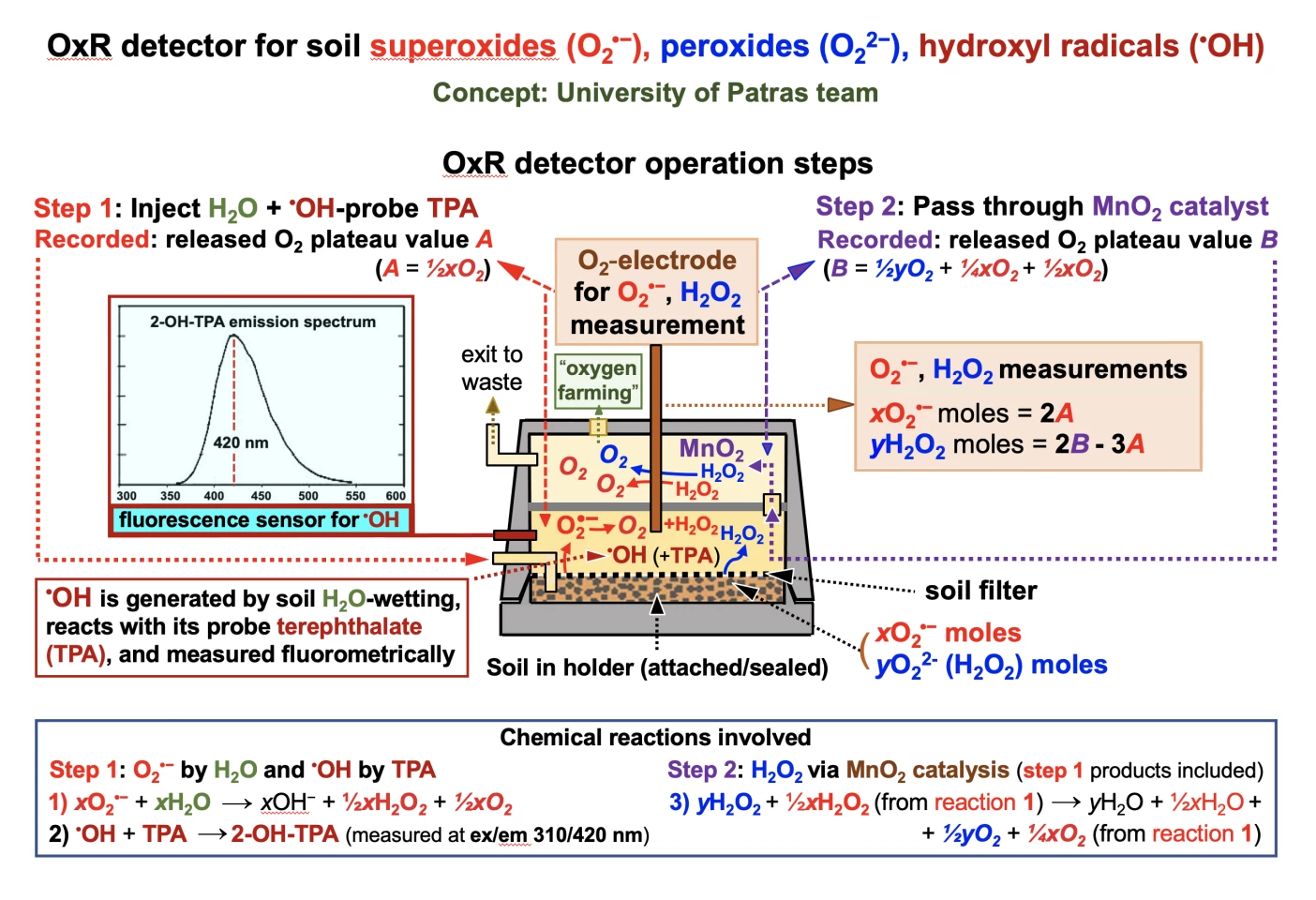
What's more exciting is the possibility of scaling up the technology to produce a chemical reactor to turn these dangerous soils into a potentially inexhaustible oxygen source for future outposts on the Moon and Mars.
"The exciting aspect is that this technique can be used for more than just superoxide detection," said ESA materials and processes engineer Malgorzata Holynska. "The project, supported through ESA’s Technology Development Element, will include the initial design of a large scale reactor device to periodically extract oxygen from soil, what we term ‘oxygen farming.’ Solar UV irradiation will then replenish their oxygen supply within a matter of hours. The estimate is that a 1.2 hectare (3 acre) area would yield enough oxygen to keep a single astronaut alive."
Because commercially-made synthetic Moon and Mars regoliths aren't suitable for the team's research, the next goal is to either create their own synthetics or use lunar or Martian meteorites for testing.
Source: ESA






